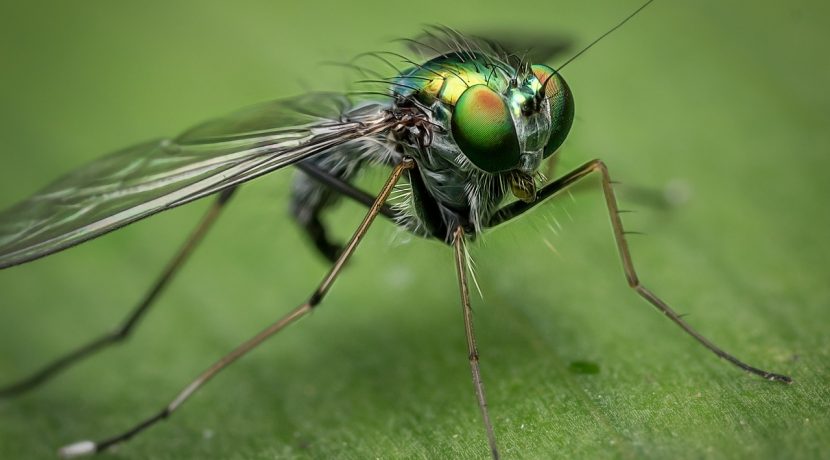How To Keep Bugs Out Of Your House
Autumn’s slow fade into winter triggers insect instincts that compel them to find snug winter quarters. As bugs scramble to find the best overwintering spot, it’s only natural that some zero in on your cozy home. But you don’t have to welcome pests with open arms—there are easy ways to make your home uninviting. Tackle these seven ways to keep bugs out of your house.
Make sure window screens are in good repair and fit tightly. Repair holes or tears promptly. A quick, temporary fix for holes is to insert a piece of a cotton ball. To an insect’s eye, the white cottony mass resembles a spider’s web, so they beeline out of there.
Close your doors and give them a close look. If you see daylight anywhere, that’s a potential entry point for bugs. Gaps around doors also equal energy loss, so it’s a good idea to repair them to reap that cost savings. Choose tight-fitting thresholds and door sweeps for the bottoms of all exterior doors—replace any that are in poor condition. Include your garage door in this effort. Above all, close doors behind you when you’re carrying things in and out. Pest control experts agree that one of the most common ways insects gain entry to a home is through an open door.
3: Inspect Your Home’s Exterior
Cracks in the foundation, crevices around crawl space openings, holes in eaves and fascia boards and worn weather stripping around windows all roll out the welcome mat for hibernating insects. Seal openings with the appropriate weatherproofing material (caulk, concrete, small-gauge screen, etc.).
4: Double-Check Outdoor Items
As you stow outdoor living items for winter, inspect them carefully for insects that might have already taken shelter in them. Even a hose reel can offer cozy digs for insects looking to hide out from the cold. Examine items a few days before you bring them in to check for potential insects. If you spy hordes of bugs, you don’t necessarily need to spray a pesticide. Often a hard jet of water dislodges insects and sends them scurrying for cover.
Remove any tree branches that hang over your home’s roof or gutters—they provide easy access for insects and critters like squirrels, raccoons or mice. Cut back shrubs or perennials that touch your house, porch or garage. If a plant touches a structure, you can assume bugs are using it as a bridge.
Check every utility line that attaches to or enters your home. Insects often use utility wires as a bridge. If you’re dealing with insects in a second floor area, look for utility wires outside. Caulk any openings around entry points for utilities. Inspect these areas on a regular basis to ensure sealing material is intact and not cracked.
End your home inspection with a visit to the attic to check all vent covers. It’s easy to overlook openings in this area because they’re not always accessible. Double-check caulking and seals around vents inside and out, and ensure screens are tight fitting and secure. It’s also a good idea to clear gutters and roof valleys. Leaves and other organic debris provide shelter and cover for insects and small critters like mice.
All rights reserved to the initial publisher for diynetwork.com
Collected and published by Arms &McGregor International Realty® editorial team. Get in touch with us at [email protected]

